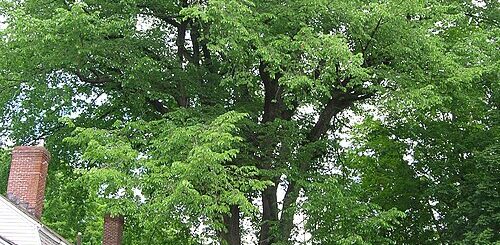Florida Torreya – America’s Rarest Tree on the Brink
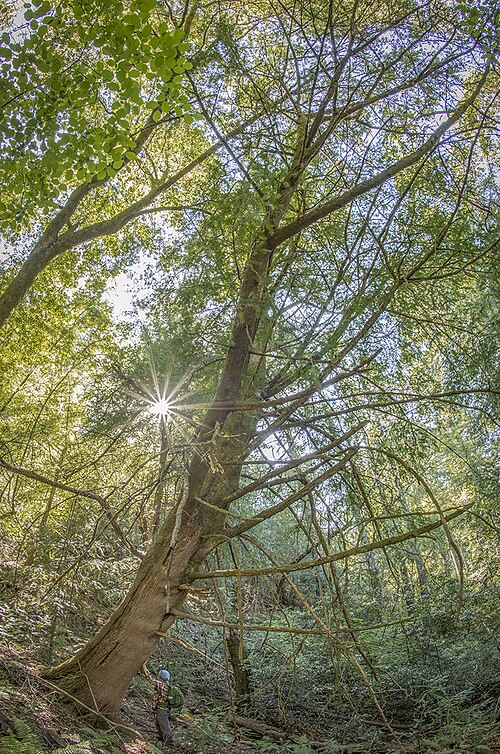
Tucked away in the misty ravines and limestone bluffs of the Florida Panhandle lives a tree you’ve probably never heard of, and sadly, may never get the chance to see in the wild. Meet the Florida torreya (Torreya taxifolia), one of the rarest and most endangered tree species in North America. It,s ancient, mysterious, and struggling to hold on in the modern world.
A Tree with Deep Roots
The Florida torreya is what botanists call a “relict species” — meaning it’s a holdover from a much older ecosystem. Millions of years ago, its relatives were found all across North America and parts of Asia. Today, its range has shrunk to just a narrow stretch of ravines along the Apalachicola River in northern Florida and a sliver of southern Georgia. That’s it.
It’s a conifer, related to yews and pines, with dark evergreen needles and a distinctive twisted trunk. Though it once grew tall and strong, most wild specimens today are more like shrubs — stunted by disease and time.
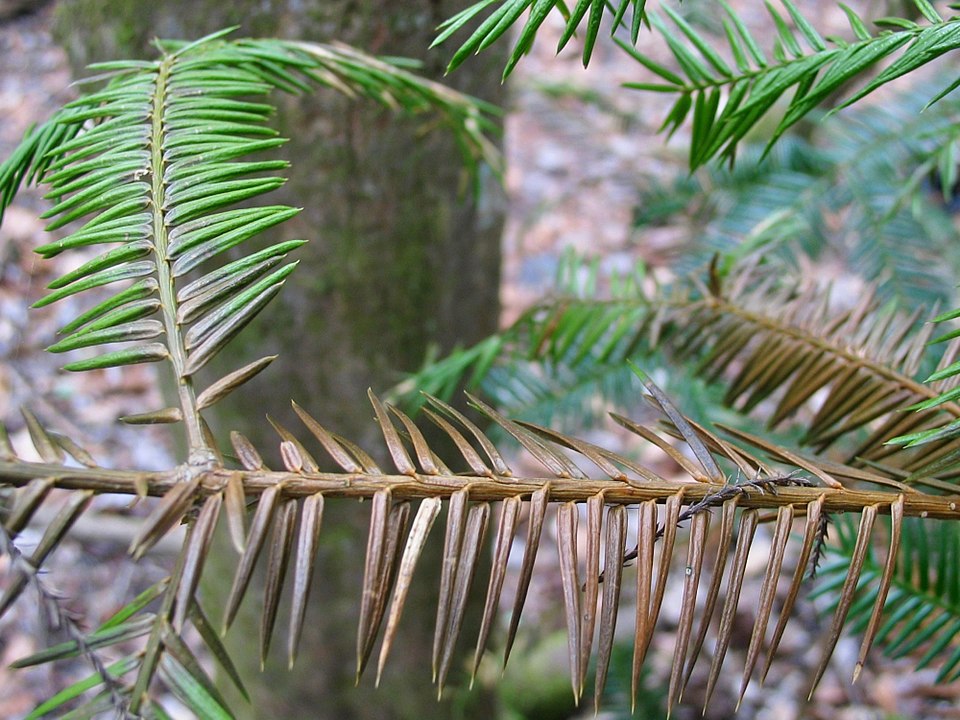
A diseased branch of a wild Torreya taxifolia in Torreya State Park, Florida. © Creative Commons | Author: Cbarlow
The Plague of the Torreya
So, what happened?
In the mid-20th century, the torreya population started crashing, and scientists still aren’t entirely sure why. The main culprit is believed to be a fungal disease, possibly a Phytophthora species, that causes root rot and slowly kills the tree. But environmental stress, habitat loss, and climate change are all playing a role too.
The sad reality? In the wild, the Florida torreya doesn’t really reproduce anymore. It tries — sending up new shoots from its base — but those rarely survive long enough to grow into mature trees.
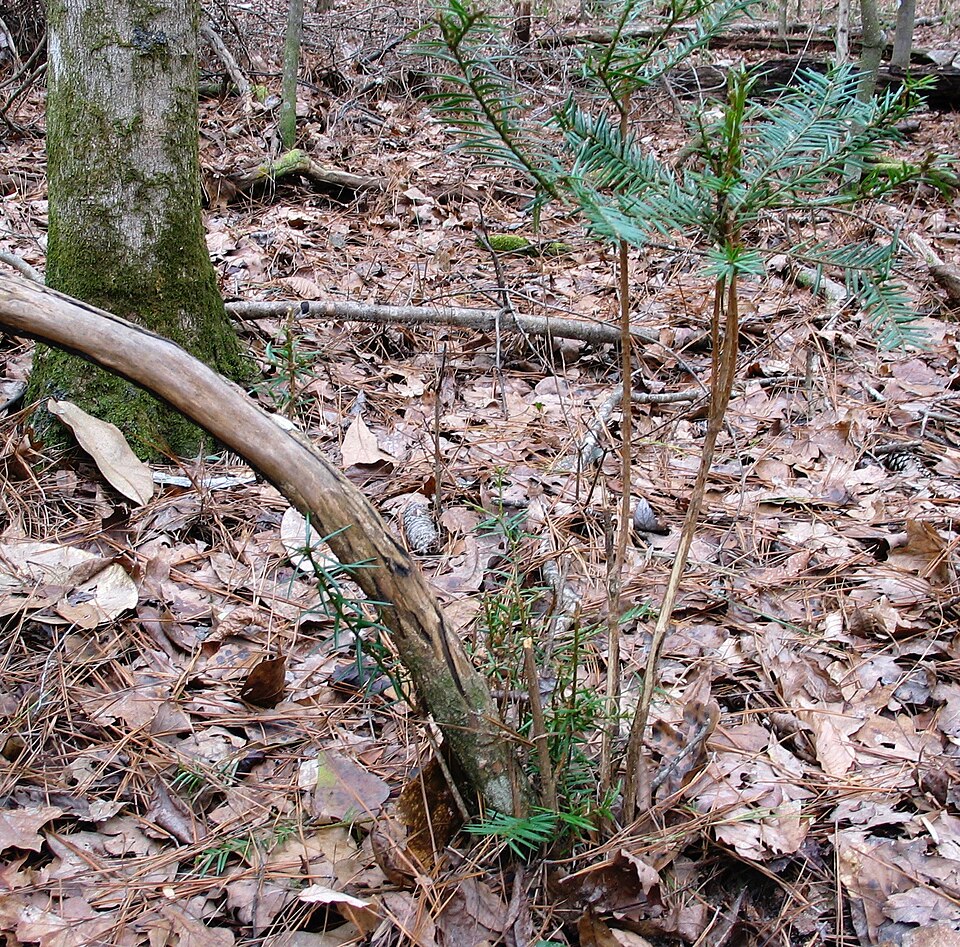
Herbivore damage on resprouting torreya at Torreya State Park, February 2004. Photograph by Connie Barlow and uploaded to wikimedia commons in 2022. © Creative Commons | Author: Cbarlow
Conservation on the Edge
Despite its dire condition, the torreya hasn’t been forgotten. Conservation groups, researchers, and passionate amateurs have rallied to its defense. One of the leading groups is the Torreya Guardians, a citizen science network working to plant and preserve torreya trees in new areas farther north, where they hope the species might have a better chance of survival.
This has stirred some debate — because moving a species outside its historical range (called “assisted migration”) is a controversial conservation strategy. But when a species is on the verge of extinction, bold moves might be necessary.
Meanwhile, scientists are studying the tree’s genetics, trying to understand its resistance (or lack thereof) to disease and searching for healthy individuals that could form the basis of a future recovery.
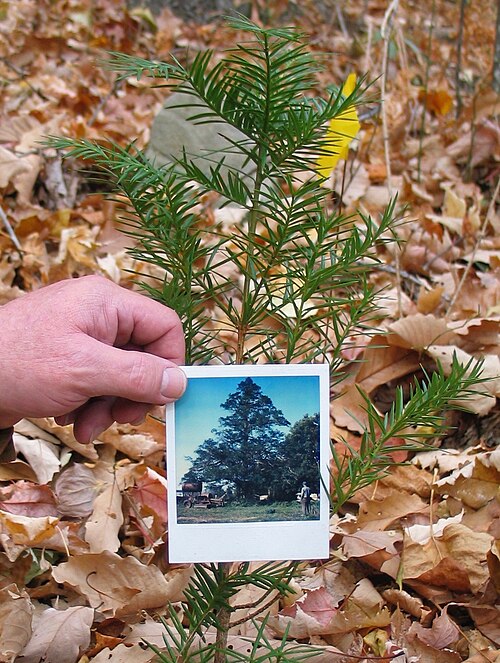
Lee Barnes holds a 1984 photograph he took of the famous, big Florida torreya in Norlina, NC. The small torreya was planted in Waynesville, NC in 2008 by Lee and other Torreya Guardians. This photo of Lee was taken by Connie Barlow in November 2008, in front of the seedling the group called Loren Eiseley. More info on the Waynesville torreyas, and that the Norlina tree is documented as its female parent, is at: http://www.torreyaguardians.org/waynesville-2.html. More info on the Norlina tree itself is at: http://www.torreyaguardians.org/nc-norlina.html © Creative Commons | Author: Cbarlow
Why It Matters
So why should we care about this little-known tree?
Because the Florida torreya is a living fossil, a reminder of ancient forests that once blanketed this continent. It’s also a cautionary tale of how quickly things can unravel when disease, climate change, and habitat destruction intersect.
More than that, it’s a symbol of hope. Even as its numbers dwindle, people are fighting to bring it back — planting seeds, tracking growth, and refusing to give up.
In a world that often moves too fast and forgets too easily, the Florida torreya is a call to slow down, look closer, and maybe, just maybe, help save something irreplaceable.
References:
[The Rare Florida Torreya Tree] https://www.floridastateparks.org/learn/rare-florida-torreya-tree
[Wikipedia] https://en.wikipedia.org/wiki/Torreya_taxifolia



